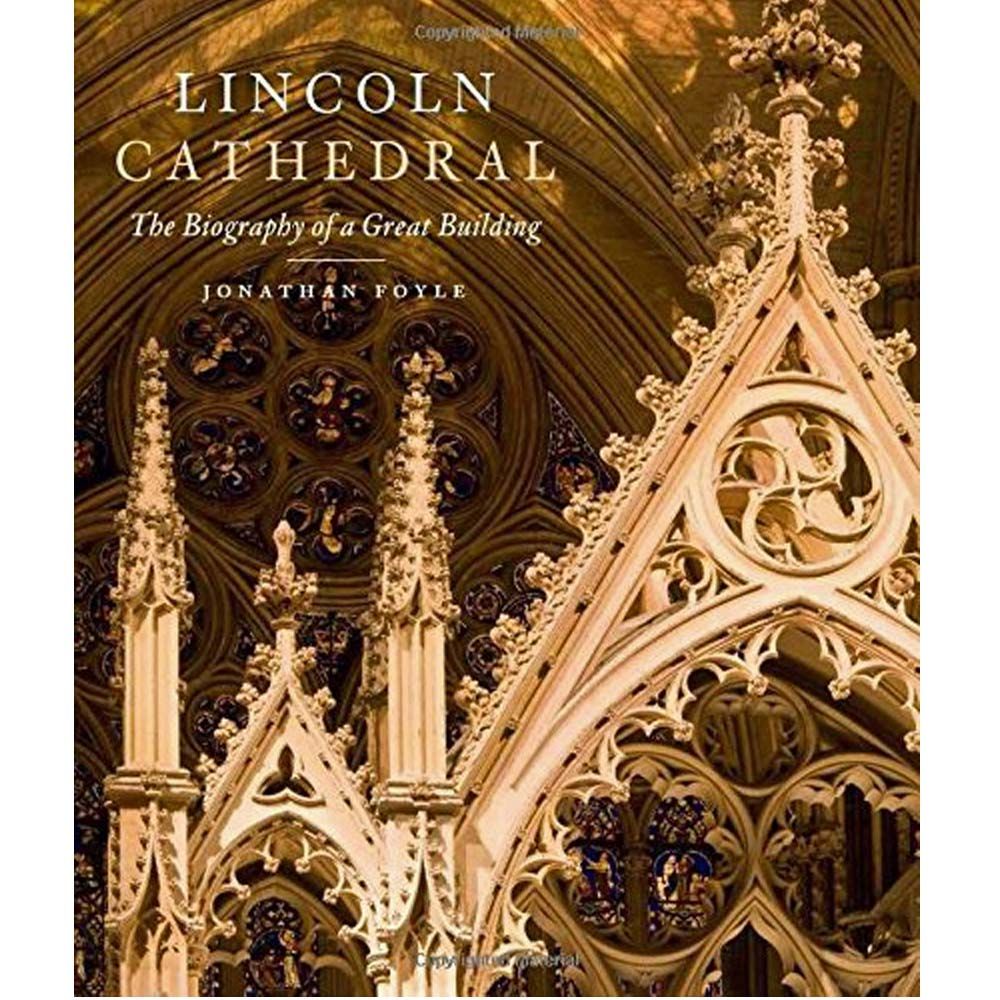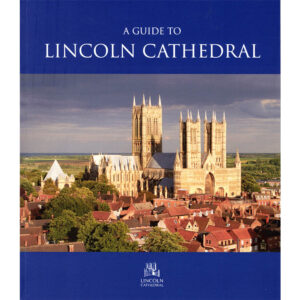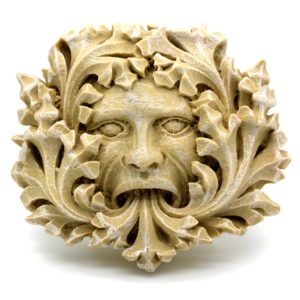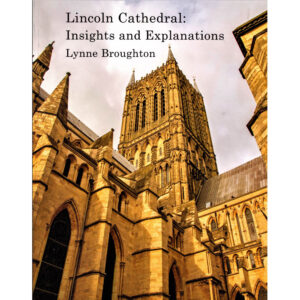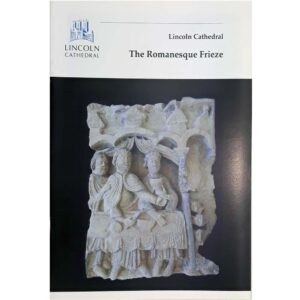Description
Lincoln is one of Britain’s greatest cathedrals, its three towers and formidable west front dominating the surrounding plains from its commanding hilltop position. The first cathedral, an early Norman construction, was shattered by an earthquake in 1185, leaving only the west end standing. What we see today is largely the result of a building campaign launched by Bishop Hugh of Avalon, which was carried through over the course of a century up to the completion of the glorious Angel Quire in 1280.
Architectural historian and broadcaster Jonathan Foyle regards Lincoln Cathedral as an old and valued friend and writes with deep knowledge and passion about the developing character of the building, from its earliest origins as the site of a Roman bishopric, and its first appearance as a statement of Norman power and imperial ambition. He shows how innovative and experimental the grand thirteenth-century rebuild was, influenced not only by spectacular contemporary work at Canterbury, but also by changing political and spiritual values, and by the continental travels and experience of individual bishops. And he argues that the whole scheme should be seen in the light of the cathedral’s dedication to the Virgin Mary, with the Angel Quire as a paradise garden fit for the Mother of God, to which toiling mankind too could aspire
Illustrated with specially commissioned photography, comparative and archival images and the author’s own plans and drawings, Lincoln Cathedral documents the changing life of a great work of architecture and emphasizes its continuing significance as both a marker of the past and a beacon for the future.
Published by Scala Arts & Heritage Publishers Ltd in association with Lincoln Cathedral, Paperback, 128 pages.
ISBN 9781857599282
